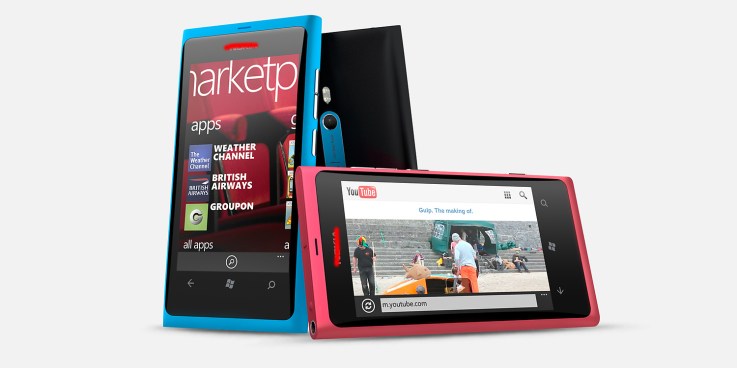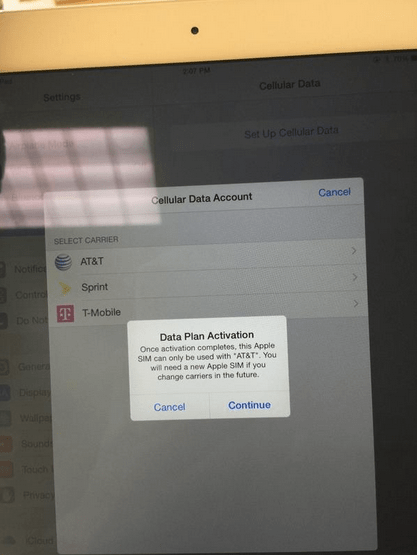 After a long and complicated relationship that first involved just a close partnership with Nokia handling hardware duties, and then Microsoft acquiring Nokia’s phone-making business during what appeared to be a fairly acrimonious separation, there will be no more confusion as to who’s making first-party Windows Phone hardware going forward: they’ll be called just “Microsoft Lumia” devices going forward.
After a long and complicated relationship that first involved just a close partnership with Nokia handling hardware duties, and then Microsoft acquiring Nokia’s phone-making business during what appeared to be a fairly acrimonious separation, there will be no more confusion as to who’s making first-party Windows Phone hardware going forward: they’ll be called just “Microsoft Lumia” devices going forward.
The rebranding will begin in France, according to The Verge, and then move around the world from there, and will apply across product branding, social media accounts and all online presence. Nokia, the company, will continue to operate separately as a mapping and network tech concern, and tech newsrooms everywhere will breathe a sigh of relief as they can stop asking “wait, which Nokia are you talking about?” when discussing stories.
We knew it was coming; MS naming its hardware division the same thing as the company that it secured it from was untenable, for any number of reasons, and Microsoft has previously admitted it would be transitioning away from the Nokia moniker. Using the Lumia name makes a lot of sense as a replacement, because it was unique to Windows Phone devices from the beginning, but has also been around long enough now to have some brand recognition, even if it’s only a fraction of the legacy brand presence enjoyed by Nokia.
Expect a big branding push once this transition begins in earnest, as Microsoft tries to append the new (old) name to its mobile platform in people’s minds and supplant the Nokia memories.


